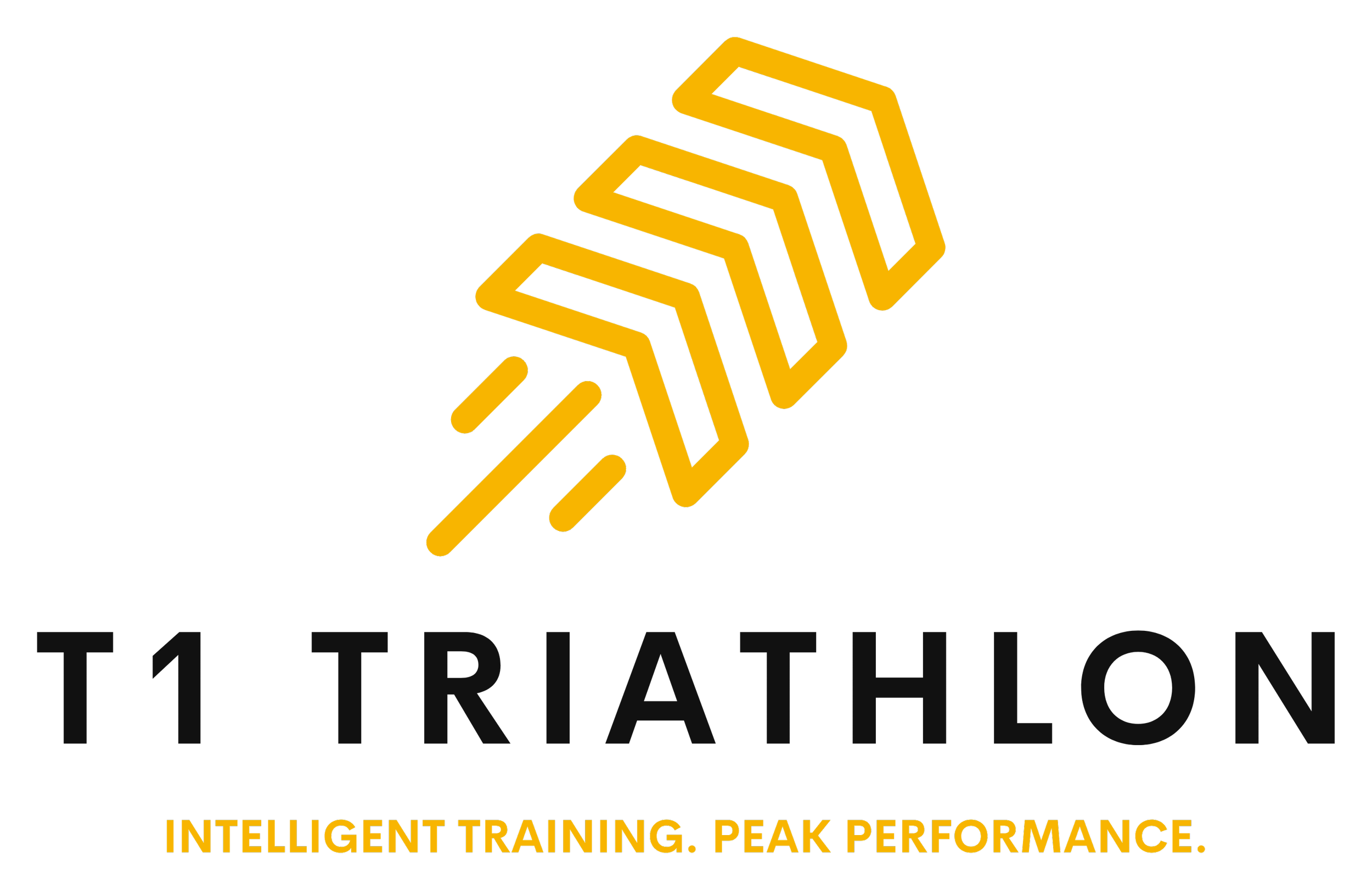Hydration Strategies for Early Season Races
When It’s Cool Outside, But the Effort Still Burns
Most athletes think about hydration when the heat hits. It’s intuitive—you’re sweating buckets, grabbing every water station, and guzzling sports drinks like your race depends on it (because, often, it does). But what about those early season races? The spring events where the mornings are cool, the breeze is crisp, and you feel like you don’t need much fluid at all?
I’ve coached athletes through dozens of early-season starts, and I’ve seen firsthand how easy it is to underestimate hydration needs when temperatures are mild. Here’s the tricky part: even when it’s cool, your body is still working hard to regulate temperature, burn fuel, and flush waste. Sweat loss might not feel dramatic, but dehydration can sneak up quickly—and often without the typical warning signs.
This post will walk you through how to hydrate for early-season races, with strategies based on real-world experience, practical science, and a healthy dose of what I’ve learned from mistakes—my own and those of the athletes I’ve coached.
Don’t Let the Temperature Fool You
Cooler weather has a funny way of masking effort. You might not feel thirsty, you might not feel hot, and if you’re layered well, you may not even notice how much you’re sweating. But just because you’re not dripping doesn’t mean you’re not losing fluids.
In fact, some athletes sweat more in cool conditions because they overdress for the weather. Others lose more sodium and fluid through subtle but steady exertion over long efforts. If your spring race is a 70.3 or even an Olympic-distance tri, your hydration plan matters just as much as it does for your hot-weather races. The problem is, the cues you’ve come to rely on—like dry mouth or visible sweat—might not show up in time.
So, how do you know how much to drink? That’s where planning comes in. You shouldn’t be winging your hydration, no matter what the forecast says.
What Worked in Training Might Need a Tweak
Most triathletes develop hydration habits during indoor winter training. Whether it’s sipping every 10 minutes on the trainer or relying on a bottle for an hour-long treadmill run, your routine probably worked in a controlled, predictable setting. But spring races are rarely predictable.
As you move outdoors, wind, elevation, terrain, and pacing strategy all influence your sweat rate. Even mild wind exposure can increase your body’s need for fluid. On the other hand, drinking too much because “that’s what I did on the bike trainer” can lead to bloating or GI distress if your effort is more erratic or you’re colder than expected.
I’ve had athletes test hydration in real-world outdoor simulations—long brick workouts at race pace in variable spring weather—and realize they were either overdoing or underdoing it compared to what they thought. That’s why I recommend adjusting your intake based on not just temperature, but effort, clothing, and how your stomach feels under stress.
It’s Not Just About Water
Another common early-season mistake? Skipping electrolytes because it “isn’t that hot.” But electrolytes aren’t only about replenishing salt after heavy sweating. They also help with fluid absorption and retention. If you’re drinking plain water hour after hour, especially in a long-course event, you risk diluting your sodium levels—even in cool weather.
I’ve worked with athletes who felt flat or foggy mid-race, thinking they needed calories or caffeine, when the real issue was hyponatremia. They had plenty of water but lacked sodium to keep the system balanced. So even if you scale back total fluid intake, don’t cut electrolytes completely.
I usually tell athletes to treat electrolytes like insurance. Even a small amount in your water bottle can prevent the crashes that come from low sodium—especially when you’re not naturally reaching for fluids due to lower temperatures.
Testing Your Plan Before Race Day
The best way to dial in your hydration for early-season races is to treat it like a training session in itself. Pick a workout that mirrors race conditions—a long ride with a hard brick run, or a mock race simulation—and test your fluid timing, amount, and electrolyte mix.
Keep notes. Did your stomach feel full or sloshy? Did you finish the workout with a headache or dry mouth? Were you urinating frequently or not at all? These are all indicators of how well your hydration strategy is working—and what might need fine-tuning.
You can also conduct a sweat rate test. Weigh yourself before and after a long session, accounting for any fluids consumed. The difference will give you a rough idea of how much fluid you lose per hour. Even in cool temps, many triathletes are surprised to learn they’re still losing significant amounts.
Don’t Wait Until the Summer to Take Hydration Seriously
Hydration isn't just a hot-weather issue—it's an endurance issue. In early season races, your strategy should be subtle, flexible, and personalized. You may not need to chug fluids, but you do need to stay ahead of dehydration before it impacts performance.
Start by understanding how your body responds in cooler conditions. Adjust your intake based on effort and environment, not just habit. And don’t neglect the role electrolytes play in helping your body make the most of every ounce you drink.
Want Help Building Your Own Plan?
If you want a coach to help customize your race-day plan—hydration, nutrition, pacing, and beyond—check out our personalized coaching services.


